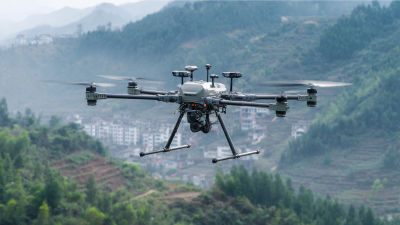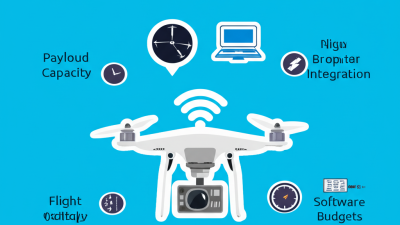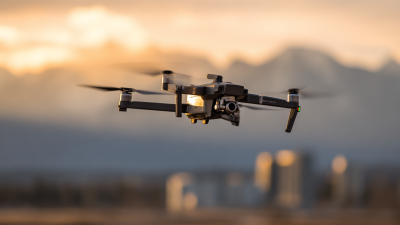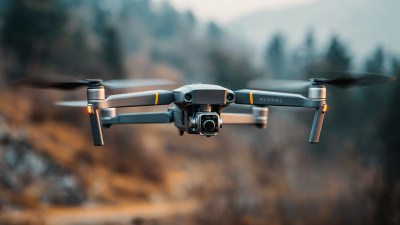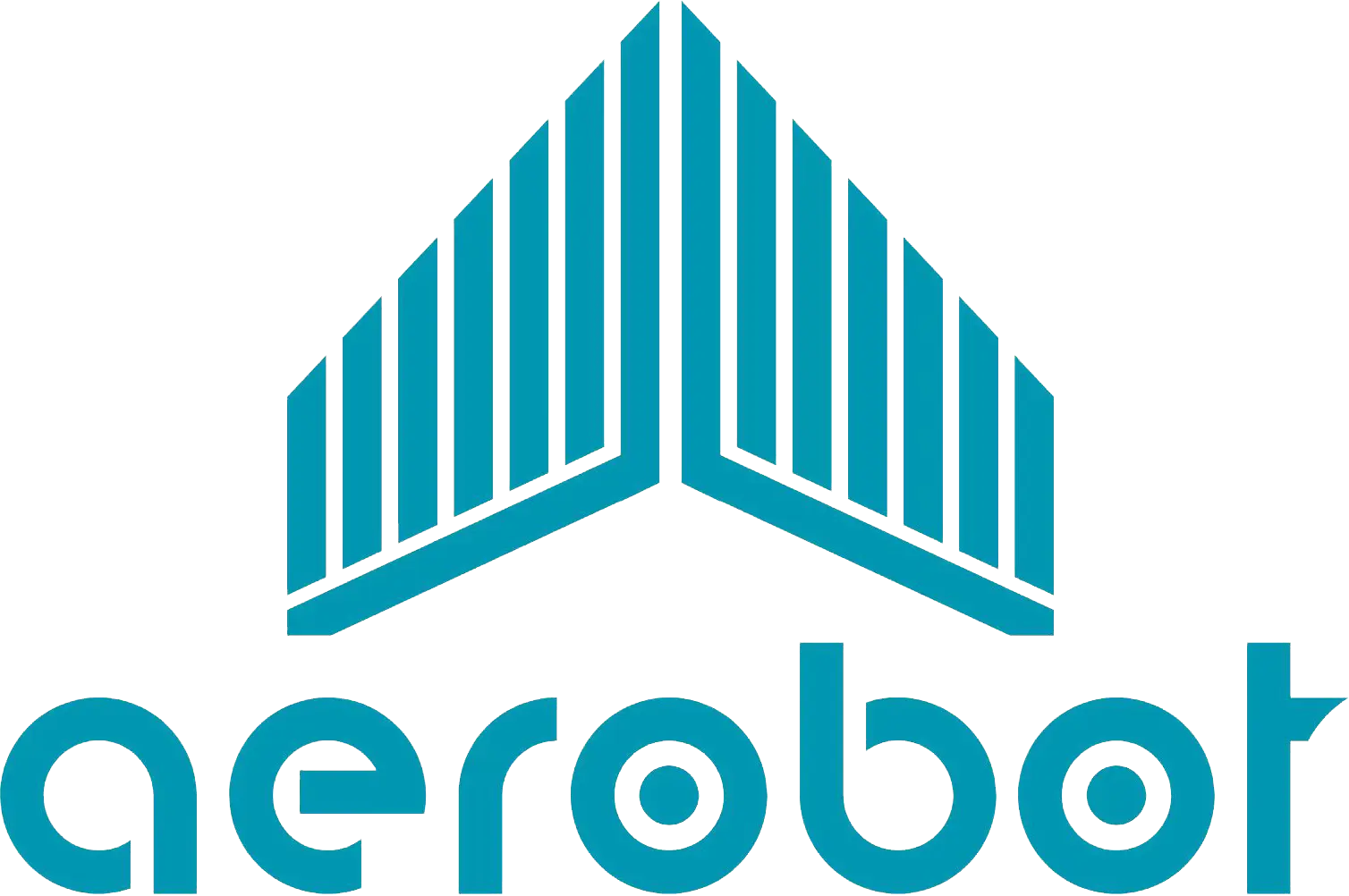Leave Your Message
In recent years, the use of Unmanned Aircraft has surged, with the global market projected to reach over $46 billion by 2027, according to a report by Research and Markets. This growth is driven by advancements in technology, coupled with increasing applications across various industries such as agriculture, logistics, and surveillance.
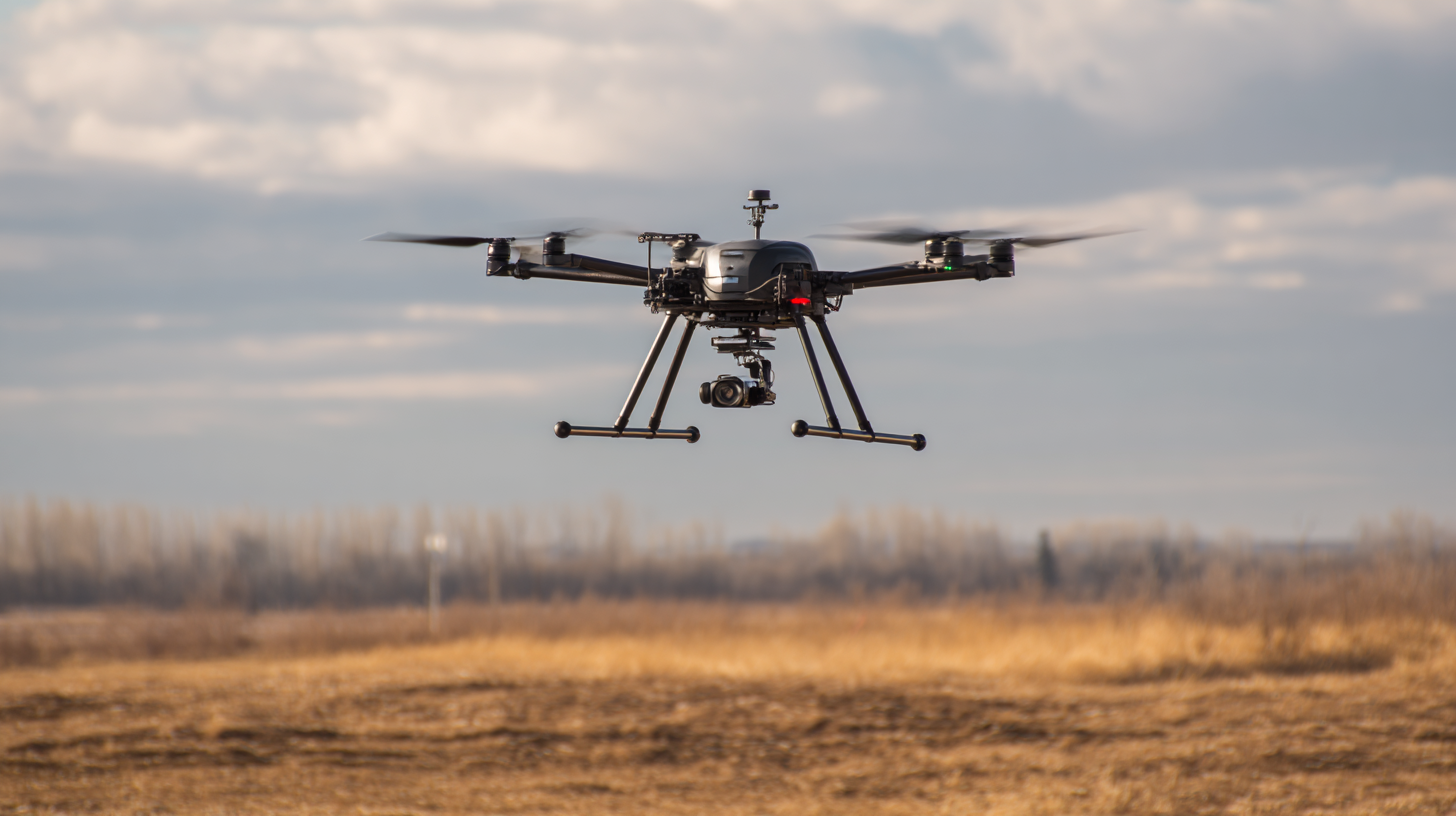 However, operating these sophisticated machines efficiently and safely remains a significant challenge. A study by the Federal Aviation Administration (FAA) indicated that optimizing operational protocols could enhance safety by reducing incident rates by as much as 30%. As the integration of Unmanned Aircraft into national airspace systems continues to evolve, it is crucial for operators to adopt strategies that not only maximize efficiency but also prioritize safety.
This blog will explore essential practices and technologies that can help streamline Unmanned Aircraft operations, ensuring effective utilization while maintaining the highest safety standards.
However, operating these sophisticated machines efficiently and safely remains a significant challenge. A study by the Federal Aviation Administration (FAA) indicated that optimizing operational protocols could enhance safety by reducing incident rates by as much as 30%. As the integration of Unmanned Aircraft into national airspace systems continues to evolve, it is crucial for operators to adopt strategies that not only maximize efficiency but also prioritize safety.
This blog will explore essential practices and technologies that can help streamline Unmanned Aircraft operations, ensuring effective utilization while maintaining the highest safety standards.
Optimization plays a crucial role in enhancing the efficiency and safety of unmanned aircraft operations. As the integration of Unmanned Aerial Vehicles (UAVs) into various sectors continues to grow, the need for real-time adaptive mechanisms becomes increasingly evident. Recent studies highlight innovative frameworks that utilize UAV swarms for dynamic reconnaissance, capable of adjusting to environmental changes on the fly. This adaptability is essential not only for operational success but also for ensuring safety in unpredictable environments.
In urban air mobility, routing and scheduling optimization methods are being explored to manage fleets more effectively. Technologies such as hybrid VTOL UAVs demonstrate operational flexibility, making them suitable for specific applications across industries. Moreover, optimizing operational parameters, such as those used in agricultural spraying with multi-rotor drones, can significantly improve performance and resource management. As these technologies evolve, the emphasis on secure communication and real-time optimization will be instrumental in achieving maximum efficiency in unmanned operations, ultimately paving the way for a more integrated and sustainable aerial landscape.
In the rapidly evolving world of unmanned aircraft operations, optimizing efficiency and safety is paramount. Key factors influencing efficiency in drone flight include payload management, flight planning, and regulatory compliance. Proper payload management ensures that drones operate within their optimal weight limits, which not only improves flight performance but also maximizes battery life. By carefully calculating the weight of the cargo, operators can enhance the aircraft's range and endurance, allowing for longer missions without compromising safety.
Flight planning is another critical element that significantly impacts operational efficiency. Utilizing advanced software for route optimization can help identify the most efficient paths, avoiding unnecessary detours and reducing flight time. Incorporating weather data and real-time updates into planning processes allows operators to anticipate challenges and adapt their strategies accordingly, which enhances the overall safety and effectiveness of the operation. Moreover, staying updated with regulatory requirements ensures that drone flights comply with local laws and industry standards, minimizing the risk of disruptions and legal issues.
| Factor | Description | Impact on Efficiency | Impact on Safety | Recommendations |
|---|---|---|---|---|
| Flight Planning | Careful routing to minimize distance and time. | High | Moderate | Use advanced planning software. |
| Weather Conditions | Awareness of wind, rain, and temperature. | Moderate | High | Monitor weather updates regularly. |
| Regulatory Compliance | Adhering to local aviation regulations. | High | High | Establish a compliance checklist. |
| Pilot Training | Ensuring pilots are well-trained in operations. | Very High | Very High | Regularly update training programs. |
| Maintenance | Regular checks and servicing of drones. | High | Very High | Implement a strict maintenance schedule. |
When it comes to enhancing the performance of unmanned aircraft, safety protocols play a pivotal role. Establishing a comprehensive safety management system ensures that all operational risks are identified and mitigated effectively. This involves regular risk assessments, which should encompass the evaluation of environmental factors, technical reliability, and potential human errors. Implementing robust checklists before each flight can further minimize hazards, making sure that all systems are functional and ready for a safe operation.
Additionally, training personnel on safety protocols is crucial. This includes not only the pilots but also the maintenance crew and operational managers. A well-trained team familiar with emergency procedures and safety regulations can significantly reduce the likelihood of incidents. Regular drills and simulations can help reinforce this knowledge and prepare the team for real-world scenarios. By investing in education and training, organizations can promote a culture of safety that permeates their operations, ultimately leading to enhanced performance and reliability of unmanned aircraft.
Technological innovations are at the forefront of enhancing operational efficiency in unmanned aircraft systems (UAS). According to a 2022 report from the Association for Unmanned Vehicle Systems International (AUVSI), the global drone market is projected to reach $42.8 billion by 2025, reflecting a compound annual growth rate of 23.8%. This growth is driven by advancements in areas such as artificial intelligence (AI), machine learning, and automation that streamline drone operations and improve safety metrics significantly.
AI-powered algorithms are revolutionizing flight planning and real-time data analysis, allowing drones to optimize flight paths dynamically based on environmental conditions. For instance, a study from the FAA indicated that integrating AI can reduce operational costs by up to 30% while minimizing flight disruptions. Furthermore, innovations in sensor technology are enhancing the situational awareness of UAVs, enabling them to detect and avoid obstacles effectively. The addition of collision avoidance systems has seen a reduction of incident rates by 15% in urban environments, according to a survey conducted by the Drone Advisory Committee. These advancements not only ensure maximum efficiency in operations but also safeguard public safety and promote wider acceptance of drone technology across various industries.
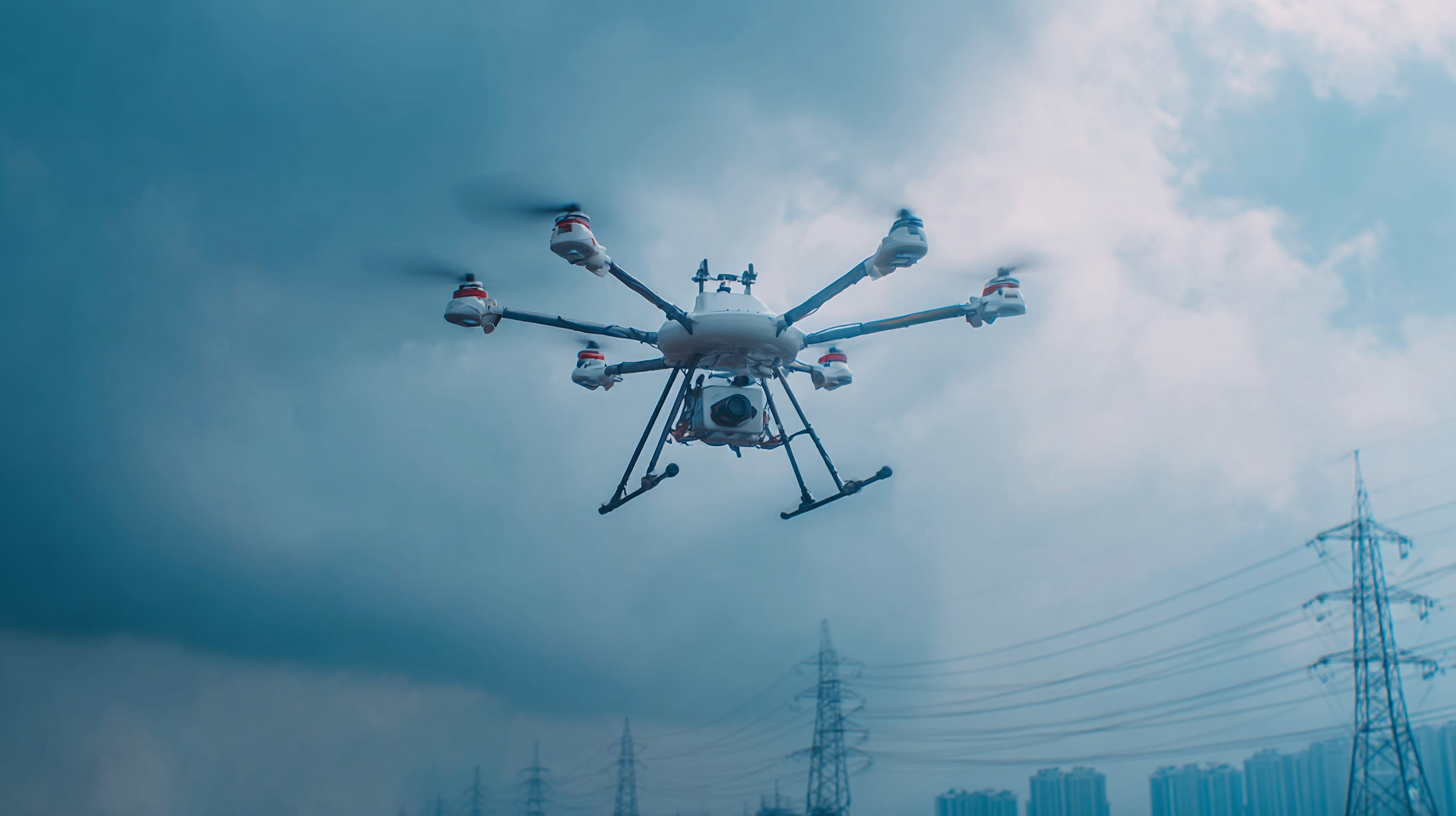
In the rapidly evolving field of unmanned aviation, data management and analysis play a crucial role in optimizing operations for efficiency and safety. According to the Federal Aviation Administration (FAA), the U.S. unmanned aircraft system (UAS) market is projected to reach $82 billion by 2026. This growth underscores the necessity for robust data strategies that not only facilitate compliance with regulations but also enhance mission performance. Effective data management systems can streamline operational workflows, reduce response times, and minimize risks by providing operators with timely and accurate information.
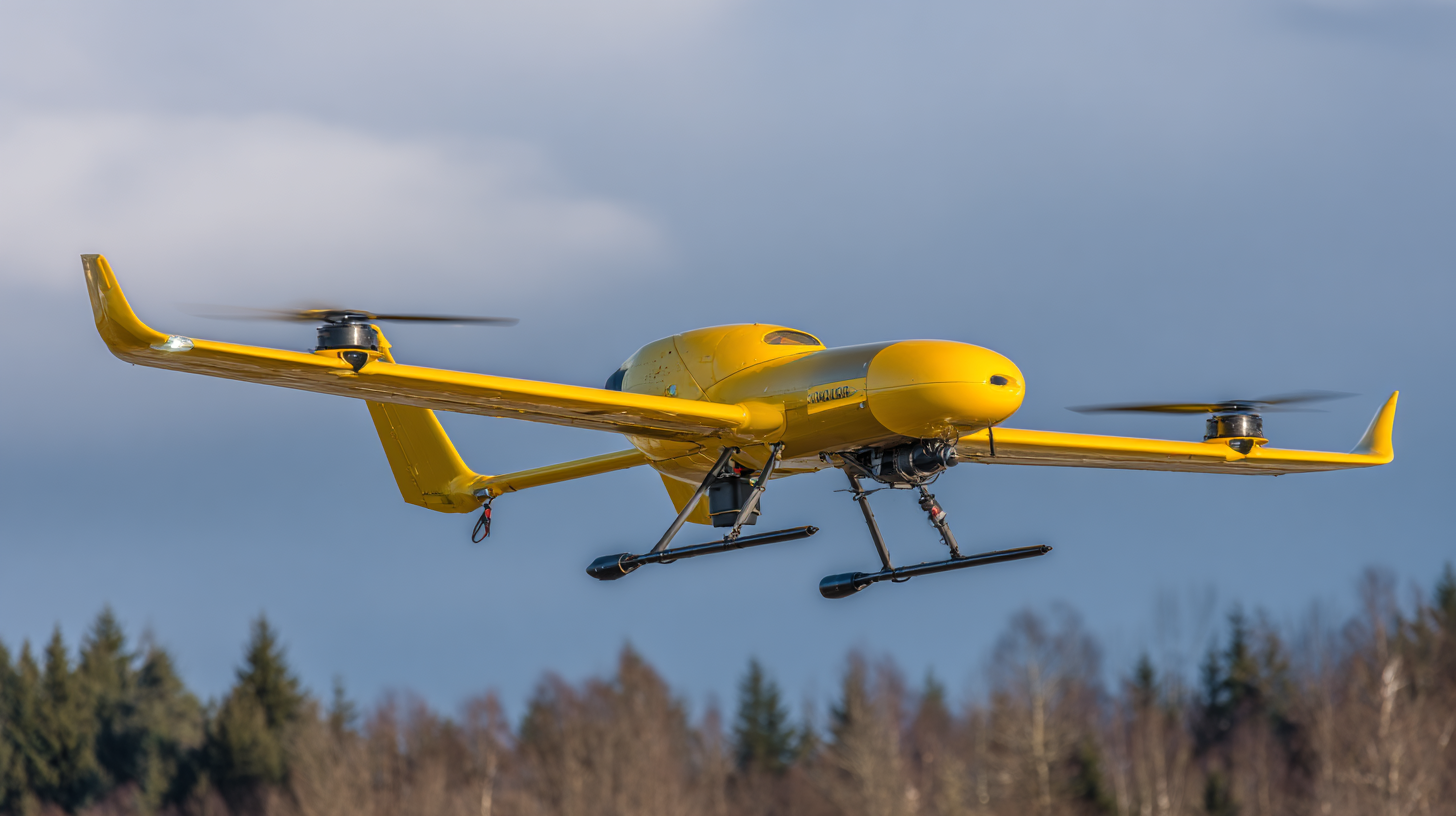
Implementing best practices for data analysis can significantly improve decision-making processes. The DroneAnalyst’s 2022 report highlights that 70% of UAS operators who leverage advanced data analytics reported improved operational efficiency. This involves utilizing real-time data to monitor fleet performance, airspace conditions, and regulatory compliance. By harnessing machine learning algorithms, operators can predict maintenance needs and operational risks, thereby reducing downtime and ensuring safer flights. As the unmanned aviation sector continues to expand, those who prioritize data management and analytics will undoubtedly lead the charge in driving innovation and ensuring safe, efficient operations.
